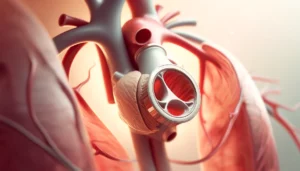
Anesthesia for Minimally Invasive Cardiac Surgery: The Bonn Heart Center Protocol
This article outlines the anesthetic management protocol for minimally invasive cardiac surgery (MICS) at the Bonn Heart Center. It covers preoperative assessment, tailored anesthesia induction, and intraoperative techniques designed to maintain hemodynamic stability and ensure optimal ventilation. Advanced monitoring methods, including transesophageal echocardiography (TEE), processed EEG, and near-infrared spectroscopy (NIRS), are utilized to optimize patient safety. The article emphasizes the importance of peripheral cannulation techniques for cardiopulmonary bypass (CPB) and discusses the necessity of a multidisciplinary approach to perioperative care to enhance recovery and patient outcomes.










